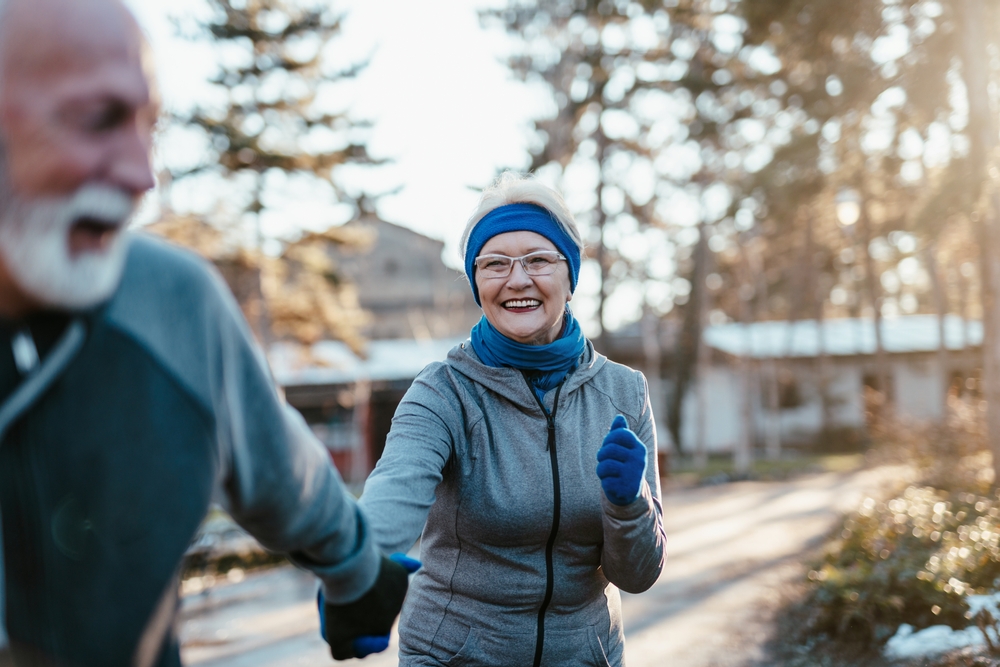Hearing protection plays a critical role in safeguarding your ears against damaging noise levels, whether at work, concerts, or even during DIY projects at home. However, several factors can interfere with the effectiveness of your hearing protection, leaving you exposed to potential risks. Understanding these issues can help you address them proactively and maximize the benefits of your protective gear.
Why hearing protection fails: common scenarios
Even when you follow best practices, unexpected challenges can arise. You wear your earmuffs faithfully at work, use earplugs at concerts, and avoid noisy situations whenever possible. Yet, certain variables can still disrupt your hearing protection’s efficiency. Fortunately, by recognizing these common pitfalls, you can make informed adjustments to ensure your hearing is always well-protected.
1. Choosing the wrong hearing protection for the situation
Hearing protection isn’t one-size-fits-all, and selecting the wrong type for a given environment can reduce its effectiveness. Generally, hearing protection falls into two main categories:
- Earplugs: Small, flexible inserts that fit snugly inside the ear canal.
- Earmuffs: Larger devices that cover the entire ear, resembling headphones.
Each type has its ideal use case:
- Earplugs are suitable for environments with constant noise levels, like factory floors or airplane cabins.
- Earmuffs are better for situations with intermittent noise, such as a construction site where machinery starts and stops frequently.
If you’re in a quiet environment and need to temporarily remove your hearing protection, earmuffs are easier to handle. However, earplugs, especially disposable ones, can be easily misplaced, leaving you unprotected when noise levels spike again. Choosing the right hearing protection for your needs is the first step toward safeguarding your hearing effectively.
2. Individual anatomy impacts fit and effectiveness
Every individual’s ears are unique, which means not all hearing protection devices will fit everyone equally well. Standard earplugs and earmuffs are often designed with average dimensions in mind, but your ear anatomy may require a more customized solution.
- Smaller ear canals: If you have narrow ear canals, standard-sized earplugs may not create a proper seal, reducing their noise-blocking capabilities.
- Larger ear structures: Oversized ears can make earmuffs uncomfortable, causing gaps in the seal that allow noise to penetrate.
Ill-fitting hearing protection can lead to frustration and a temptation to abandon their use entirely, putting your hearing at risk. If you spend significant time in noisy environments, consider investing in custom-molded earplugs or professionally fitted earmuffs. These tailored solutions provide optimal comfort and effectiveness, ensuring you remain protected in any situation.
3. Neglecting regular maintenance and replacement
Like any piece of equipment, hearing protection devices require upkeep to remain effective. Wear and tear, improper cleaning, and neglecting replacement schedules can all compromise their ability to protect your ears. Here’s how to maintain your hearing protection:
- Inspect for Damage: Check the elastic band on earmuffs regularly. A loose or stretched band can reduce their snug fit, diminishing their noise-blocking capacity.
- Replace Cushions: Over time, earmuff cushions can lose their pliability. Replace them as needed to maintain a proper seal.
- Clean Properly: Earplugs and earmuffs come into contact with earwax and other debris, which can accumulate over time. Wash them regularly using manufacturer-recommended methods to ensure cleanliness without damaging the material.
Ignoring these simple maintenance tasks can render your hearing protection less effective or even unusable. Regular upkeep is essential to extend their lifespan and ensure consistent performance.
The role of a hearing specialist
If you’re unsure whether your hearing protection is doing its job, find a hearing specialist in your area. They can evaluate your current devices, recommend alternatives, and even provide custom solutions tailored to your specific needs.
Protecting your hearing is a lifelong commitment, and it’s worth the effort to ensure you’re using the right tools for the job. By addressing these common challenges, you can confidently protect your ears from harmful noise and preserve your hearing for years to come.



